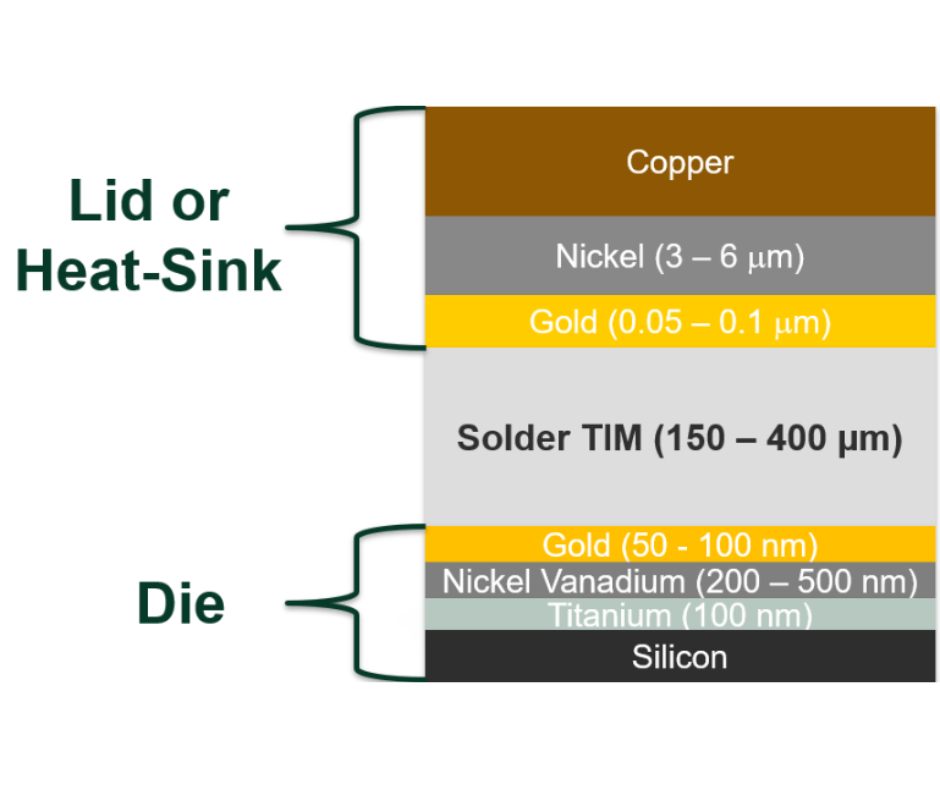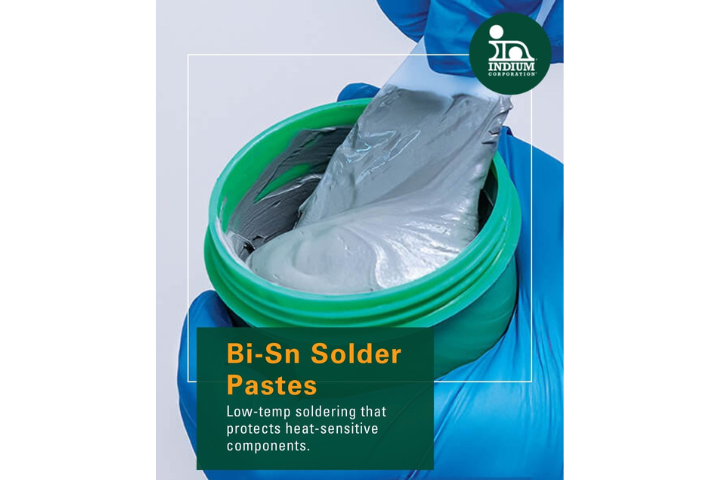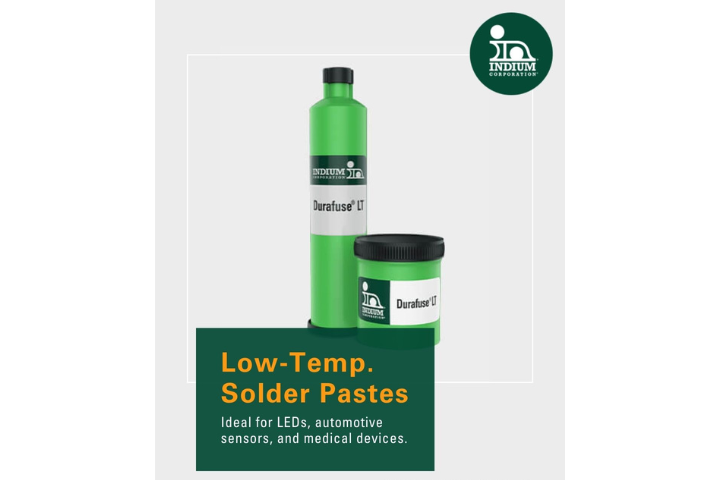I recently spoke with Graham Wilson (Sr. Applications Engineer at Indium Corporation) about the advice he would give to customers looking to form the best possible seal using indium wire or indium preforms (gaskets):
Jim: Graham, we have many customers asking for suggestions for using indium for cryogenic seals. Have you been seeing this as well?
Graham: Yes, because of the inherent material characteristics – indium is a great choice for making cryogenic seals.
Jim: Can you tell me what purity levelis best for sealing?
Graham: The standard purity that is best for cryogenics applications is a minimum of4N5 (99.995%In). Critical applications often call for 5N purity (99.999%In). It’s best practice to use 5N pure indium if there is doubt, althoughsome customers can get away with 4N purity in some individual cases.
Jim: Good call, but what about contaminants on the surface of the indium?
Graham: Any surface contaminant has the potential to disrupt the gasket and its seal properties. Because of the way in which we process and handle indium in our facility, our material is shipped clean to the customer. While some metals will form very thick metal oxides on their surface, pure indium has the ability to self-passivate its surface; when exposed to ambient conditions, indium forms only a thin film of oxide on its metal surface. The 80-100Å of oxide that forms is the maximum thickness that will develop on the surface over 2-4 hours before this oxide begins to act as a protective barrier, protecting the surface from further oxidation.
Jim: So let’s assume by now you have the right purity of indium, and it’s clean and ready to use. What else should we consider about the surfaces we are sealing together (flanges)?
Graham: The other subject materials (flanges) must alsobe free of contaminates.This can be achieved in many ways; typically acetone followed by IPA to dry is used. The oxide layer that indium forms is so thin that it can be removed very quickly by dipping the indium metal into a mild acid (etching the oxide layer).
Jim: I feel like I’ve overlooked a major aspect of this sealing application. What about design? Could you give us some rules to follow?
Graham: Once the indium and the subject metals are cleansed/degreased – the indium can be placed in the mechanical assembly. It is the compression that displaces the surface area of the gasket – exposing virgin indium material to the flanges and forming the intermetallic bond to make the seal.
Jim: What can we expect if we do this properly?
Graham: Seals which are formed correctly can have leak rates of less than 2 x10 -7 torr litre/sec -1.
Thank you, Graham.
If you have other questions about using indium for cryogenic seals, Graham and the other Applications Engineers around the world are only an email away at [email protected]
~Jim



